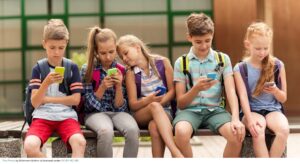This week’s presentation was eye-opening on the emergence of Web 1.0 and Web 2.0 and how these World Wide Web versions have significantly transformed our virtual interaction process. In the presentation, Raul described Web 1.0 as a “static web or read-only web characterized by its simplicity, limited interactivity, tendency of static content and one mode of transmission ”. In Web 1.0, teachers could transfer educational content to the learner by using easy-to-access, visualized techniques where learners are passive recipients of knowledge, and all they do is listen to the teacher, take notes and respond to assessments verbatim as the teacher taught them (Gerstein, 2014). Learning was teacher-centred, and dissemination of knowledge was one-directional.
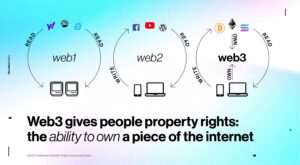 Further in the presentation, Stacey explained the transformation of Web 1.0 to 2.0 as introducing more collaborative websites and applications and generating content-sharing platforms like Wikipedia, blogs, and social media, which have become a part of most people’s lives. This technology was characterized by its increased bandwidth, better online browsers, online data storage, cloud computing, etc. The transformation of the interactive nature of Web 2.0 tools can also be likened to how relationships between students and teachers are being established in Education 2.0. According to Gerstein, this transformation has brought about the use of innovative pedagogical strategies like project-based learning, inquiry-based learning, and cooperative learning with the use of collaborative and interactive platforms. Teachers are considered facilitators of knowledge in this context, even if they still remain the custodians of knowledge. Unfortunately, some teachers are still struggling to implement these innovative pedagogies in their classroom practices. The use of Web 2.0 tools gives learners the opportunity to become contributors of knowledge, have opinions on educational dialogues, be active in their learning, and get the opportunity to collaborate and share ideas.
Further in the presentation, Stacey explained the transformation of Web 1.0 to 2.0 as introducing more collaborative websites and applications and generating content-sharing platforms like Wikipedia, blogs, and social media, which have become a part of most people’s lives. This technology was characterized by its increased bandwidth, better online browsers, online data storage, cloud computing, etc. The transformation of the interactive nature of Web 2.0 tools can also be likened to how relationships between students and teachers are being established in Education 2.0. According to Gerstein, this transformation has brought about the use of innovative pedagogical strategies like project-based learning, inquiry-based learning, and cooperative learning with the use of collaborative and interactive platforms. Teachers are considered facilitators of knowledge in this context, even if they still remain the custodians of knowledge. Unfortunately, some teachers are still struggling to implement these innovative pedagogies in their classroom practices. The use of Web 2.0 tools gives learners the opportunity to become contributors of knowledge, have opinions on educational dialogues, be active in their learning, and get the opportunity to collaborate and share ideas.
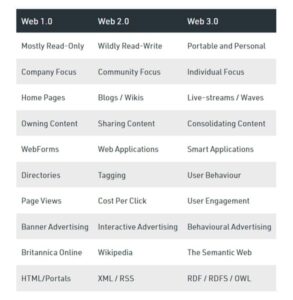
Differences Between Web 1.0, 2.0 and 3.0 Image via geeksforgeeks
Looking at the emergence of advanced learning technologies and their features, one can say that there is an ongoing transition from Web 2.0 to 3.0. This is characterized by the ability to combine and integrate web content and services into existing Web 2.0 platforms with the aim of improving the end-user experience. This transition can be seen in how open resources are being used in online learning platforms. According to Gerstein (2014), Education 3.0 reimagines learning as a participatory and networked process, emphasizing the integration of technology and student-driven learning with the aim of promoting inclusive learning and cultivating a culture of lifelong and learner-centric knowledge production, which can help foster human-capital development. The transformative impact of Web 3.0 on education, as indicated by Garstein (2014), is characterized by its personalized, participatory, and interactive nature. With Web 3.0, education becomes highly adaptive, as technologies such as artificial intelligence and the Semantic Web enable tailored learning experiences that meet individual student needs.
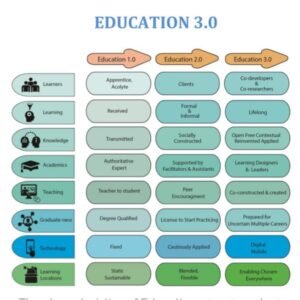
http://www.gillysalmon.com/blog/higher-education-3-0-and-beyond
According to Gerstein, this environment privileges students who are digitally literate, self-directed, and comfortable with autonomous learning processes, as Web 3.0 emphasizes student agency and resourcefulness. However, this shift also raises concerns about accessibility and equity. Students and teachers who lack technological fluency or reliable access to digital resources may find themselves at a disadvantage, potentially widening the digital divide.Several studies have shown that Web 3.0’s tools can serve as personal learning assistants, which is beneficial for learners who can actively navigate and leverage these technologies. However, those that are less familiar with digital platforms may struggle. I think it is crucial to approach Web 3.0 resources with discernment and critical engagement, especially for students and teachers that lack media literacy skills, to mitigate potential drawbacks. As Stacey indicated, because of Web 2.0 and 3.0, developing the digital literacy skills of students is very crucial .
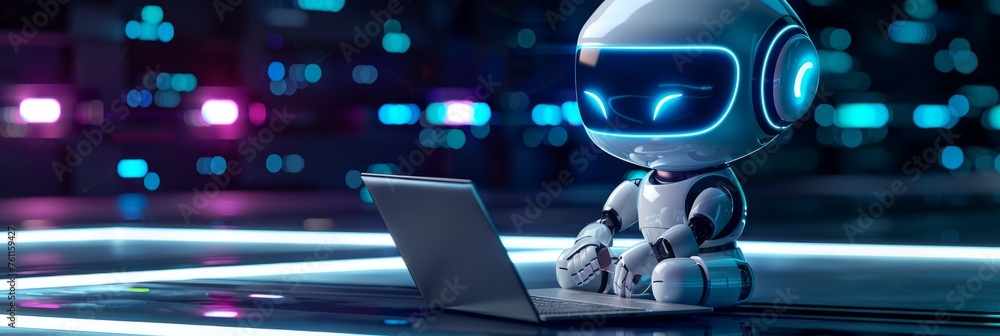
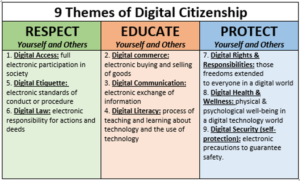
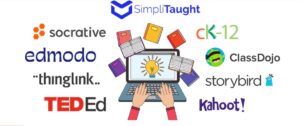
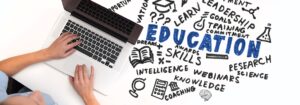
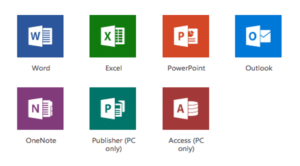 The lesson presented in the 5th class was an important one that focused on various application programs that can be used in today’s digital world. Ayushi, Gagan, and Mohammad did an excellent presentation on
The lesson presented in the 5th class was an important one that focused on various application programs that can be used in today’s digital world. Ayushi, Gagan, and Mohammad did an excellent presentation on 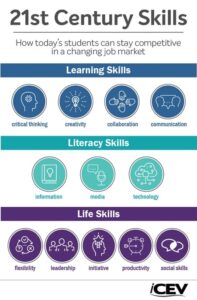
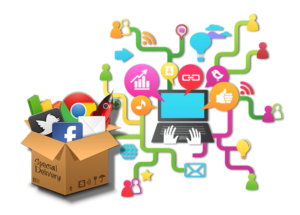
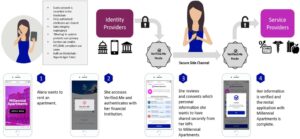
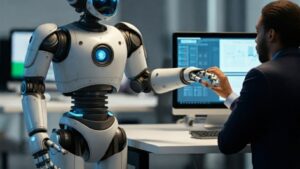
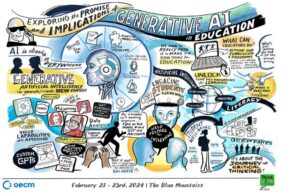
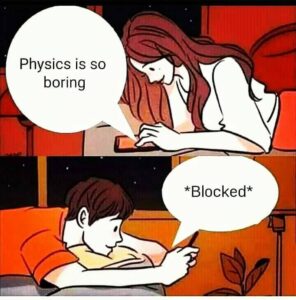
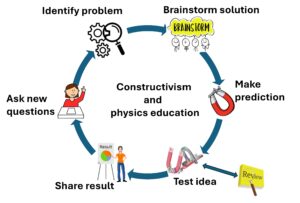
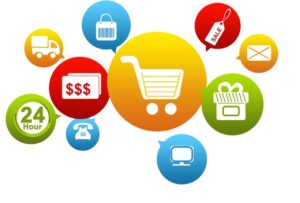
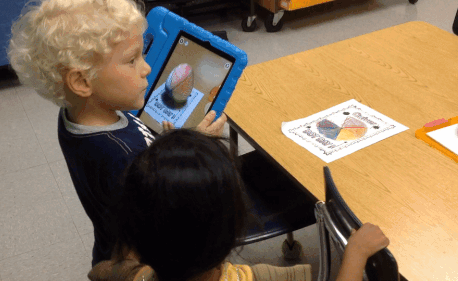 As an educator, I use various online platforms for teaching, and I usually encourage my students to share ideas and discussions on these platforms. A typical example is the use of a discussion board in the Moodle learning management system. I realize that there are some students who find it difficult to express themselves in class, but they easily reply to every post on the discussion board. On the other hand, there are students who never replied to the discussion board. So for these students, I do call them during online presentations to share their thoughts. There are rules guiding the use of this online platform, and I usually tell my students to respect others’ opinions. One thing I also try to do is to give students a project that will require them to search for information online and then do a presentation on that project. However, I usually advise the students to try as much as possible to evaluate the credibility of the online sources they are using and avoid sharing personal information in the online space.
As an educator, I use various online platforms for teaching, and I usually encourage my students to share ideas and discussions on these platforms. A typical example is the use of a discussion board in the Moodle learning management system. I realize that there are some students who find it difficult to express themselves in class, but they easily reply to every post on the discussion board. On the other hand, there are students who never replied to the discussion board. So for these students, I do call them during online presentations to share their thoughts. There are rules guiding the use of this online platform, and I usually tell my students to respect others’ opinions. One thing I also try to do is to give students a project that will require them to search for information online and then do a presentation on that project. However, I usually advise the students to try as much as possible to evaluate the credibility of the online sources they are using and avoid sharing personal information in the online space.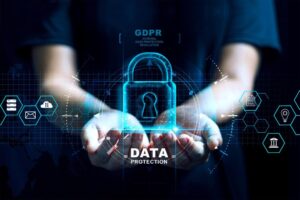

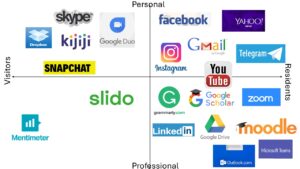 My understanding of “visitors” and “residents” in social media mirrors the tools I use daily. I’m surprised by the extent of my social media toolkit, which I hadn’t fully realized before.
My understanding of “visitors” and “residents” in social media mirrors the tools I use daily. I’m surprised by the extent of my social media toolkit, which I hadn’t fully realized before.